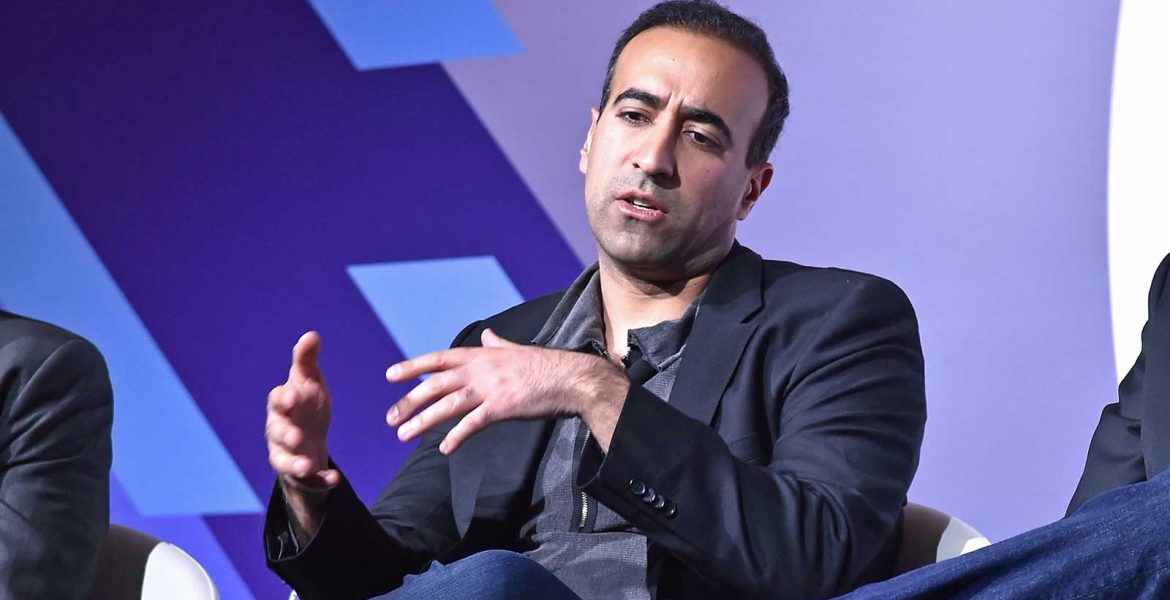
At the panel today, speakers from Pinterest, Facebook and Google shared their company’s’ strategy in marketing analytics and utilizing user information to advance the advertising industry.
VP of Product Marketing – Marketing Solutions at Neustar, Julie Fleischer started the panel by asking one question: What does the measurement road map look like now for marketers?
Gunnard Johnson, Head of Measurement Science and Insights at Pinterest, said that the biggest thing for them now is user identification and shield. User engagement activities like searching, liking and sharing are foot traffic that people leave online. Essentially, they are nowadays the biggest thing for marketing analytics. He believes that marketers will dig deeper into the use of ecosystem footprint online and marketing analytics will be the mainstream in this industry.
This optimism in the future of marketing analytics is also confirmed by Babak Pahlavan, Senior Director of Product Management for Measurement Products at Google. He also thinks that there will be explosive growth in mobile continuity and a push toward cross channel measurement.
“2018 will be a big year for attribution across the board”, said Babak.
As these companies are looking across different channels, how to find the right balance between the upsides and downsides becomes a crucial topic.
Gunnard specifically pointed out the role of data transparency in finding the right balance. By using a third party measurement, marketers can fairly settle the rules of transparency. VP of marketing science at Facebook, Brad Smallwood, said that companies should protect user privacy at all cost in order to better use the data. In addition, Babak added that opening data in a private and safe way is the right thing to do. Agreed by all three panelists, a transparency standard is the key to find symmetry.
Unlike 20 years from now, media use is a blend of traditional, nontraditional and digital media nowadays. Marketing has become the new trend and companies are developing ways to do this orchestration. Looking ahead, panelists each addressed what their company is planning to change in measuring user data and how will it transform the advertising industry in the future.
“The current consumers are not like the past consumers anymore”, said Brad
In his opinion, every media use must be compared to gain a “media mix” result. The old method of measuring traditional media does not apply on digital media, and often marketers will miss the mark by using the same way.
Gunnard also pointed out the current issue of cross device measurement. An apple phone with IOS system and a Samsung with Android system, for example, require different methods. Situations like this often over complicates measurement. They are trying to simplify it and understand the consumers better at the same time.
“It is the formation of art and science”, said Babak.
Other issues like digital filter bubble, average cost per CPM in media buying and finding the
valuable people who are not necessarily the natural clickers were also addressed during the panel. With an optimistic attitude for the future of marketing analytics, all three panelists hoped to one day achieve full user privacy and consumer satisfaction at the same time.
